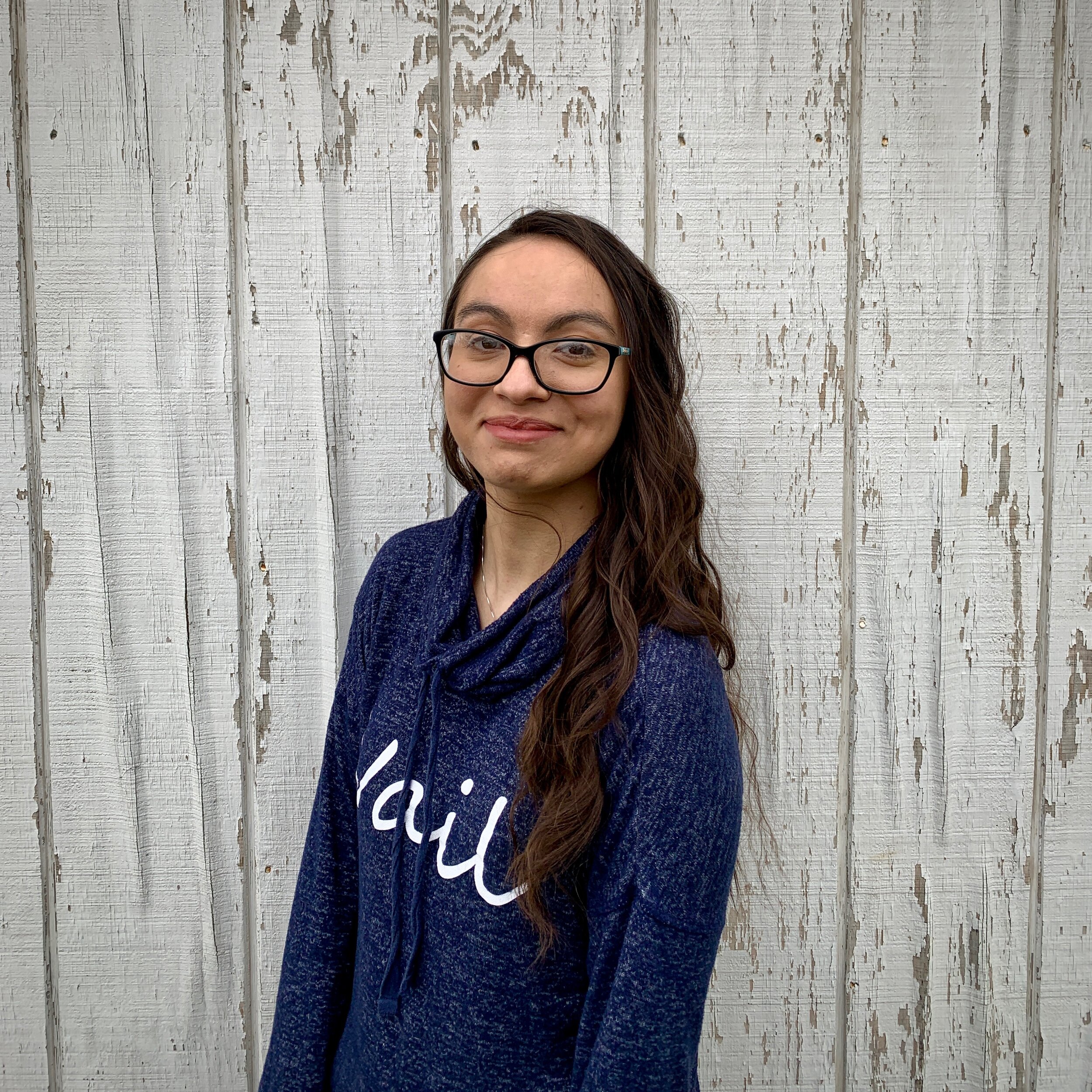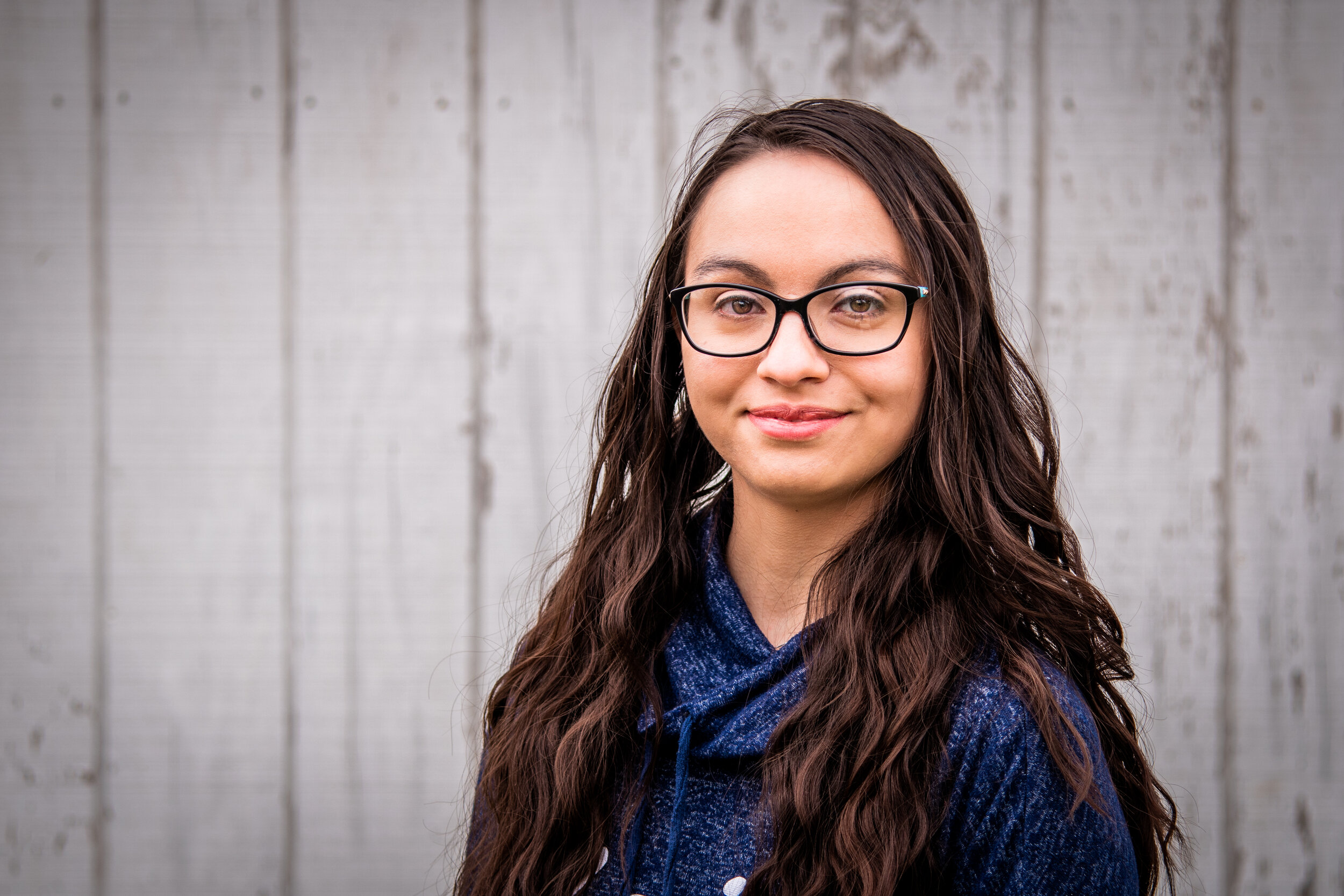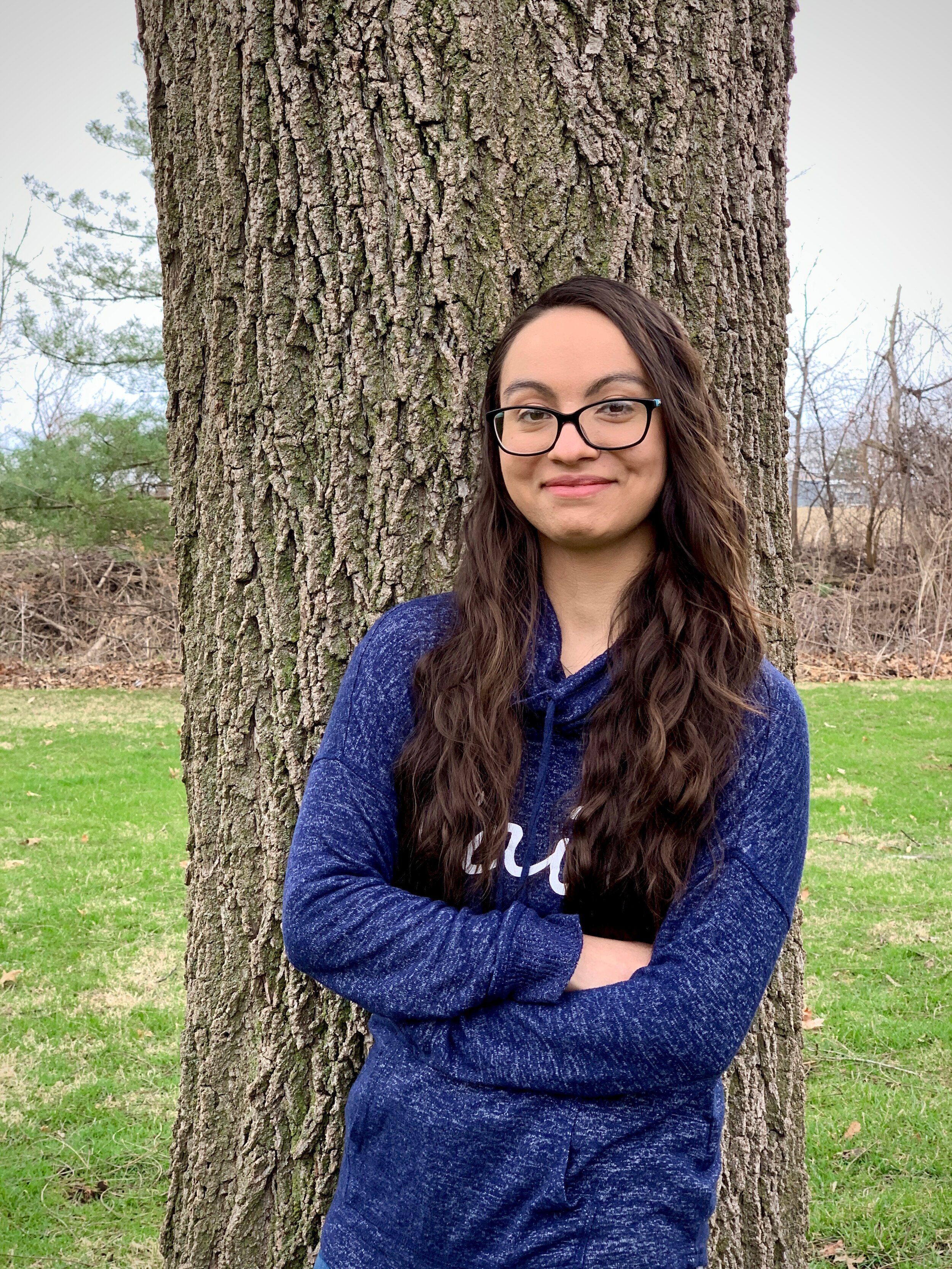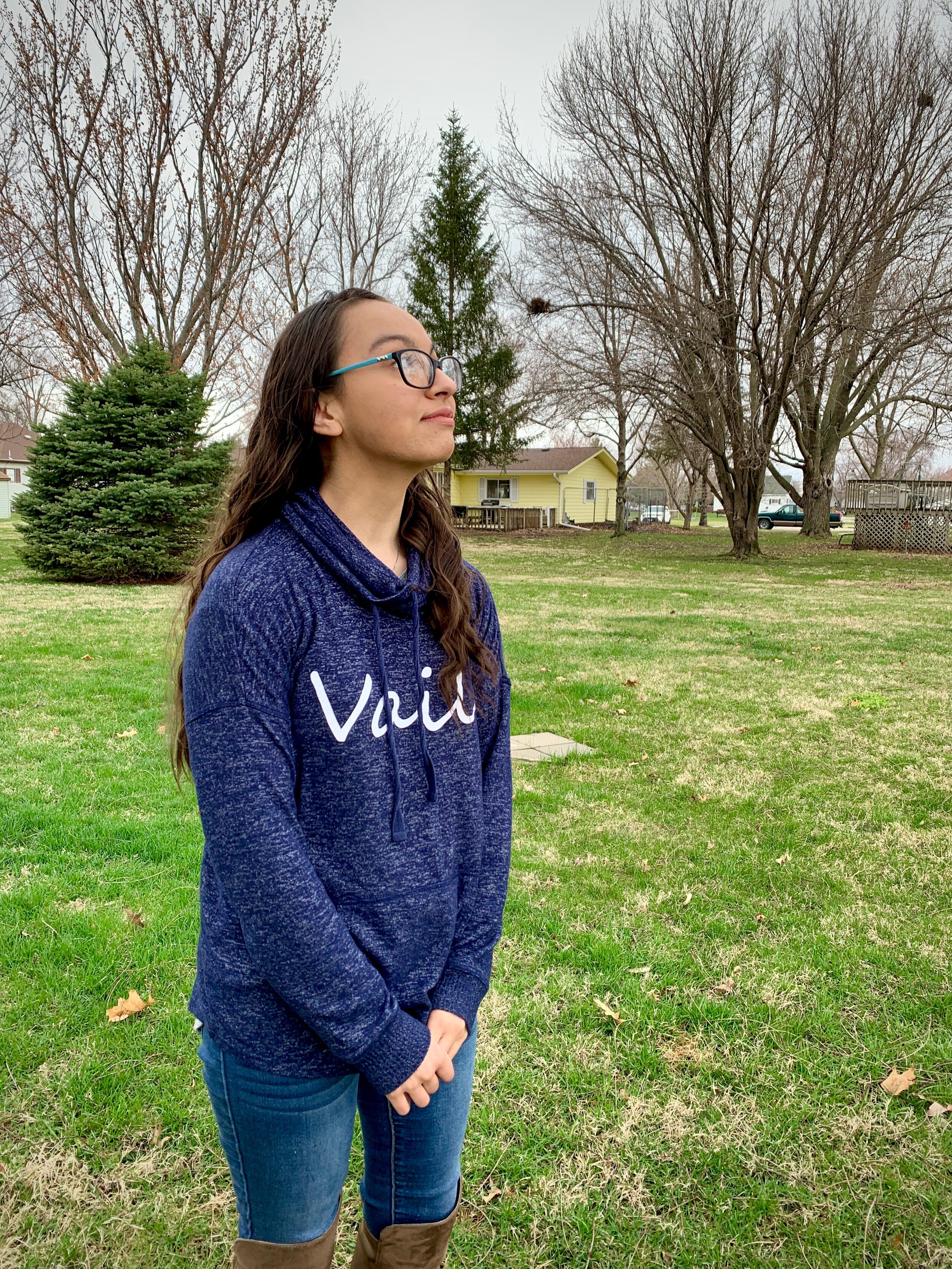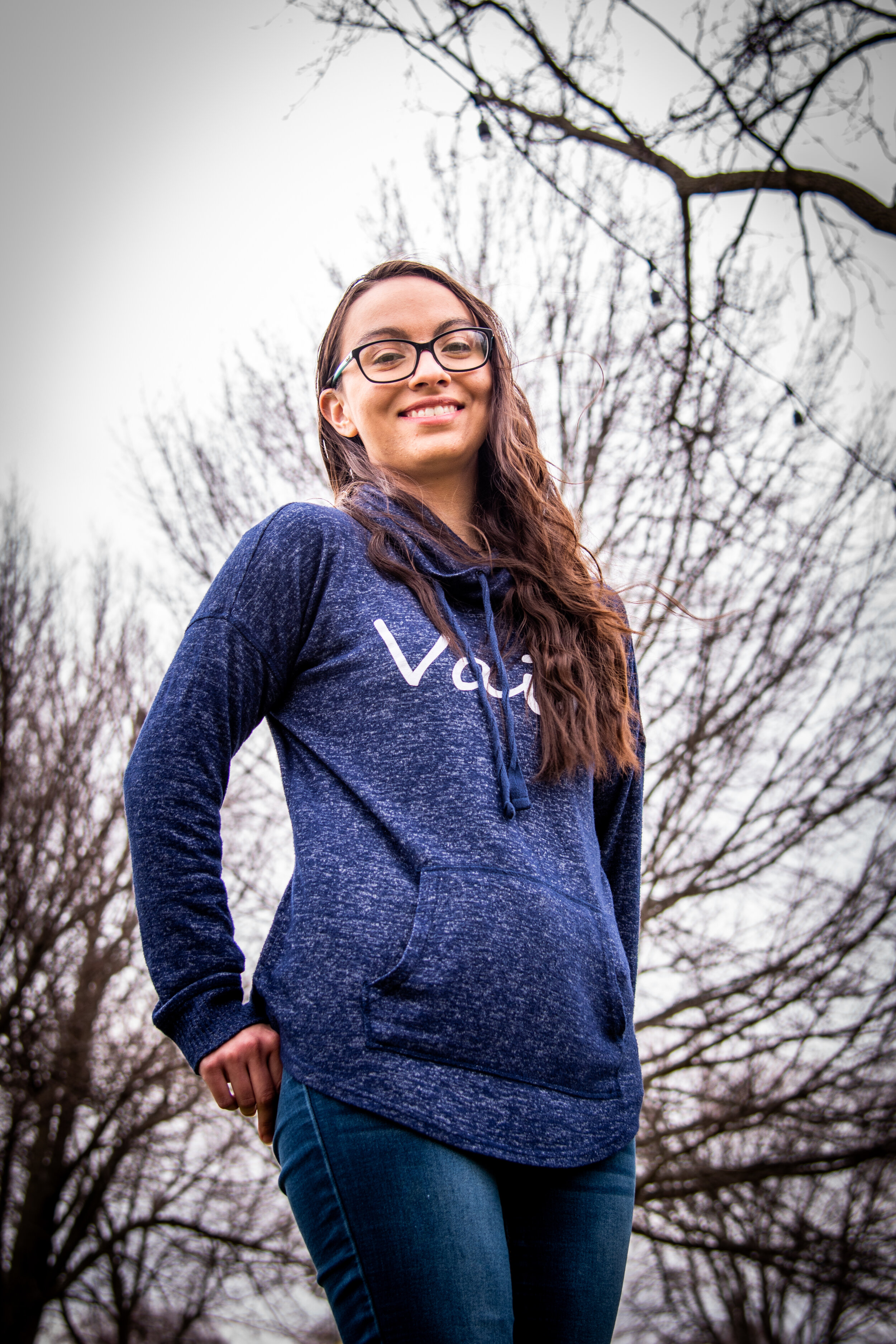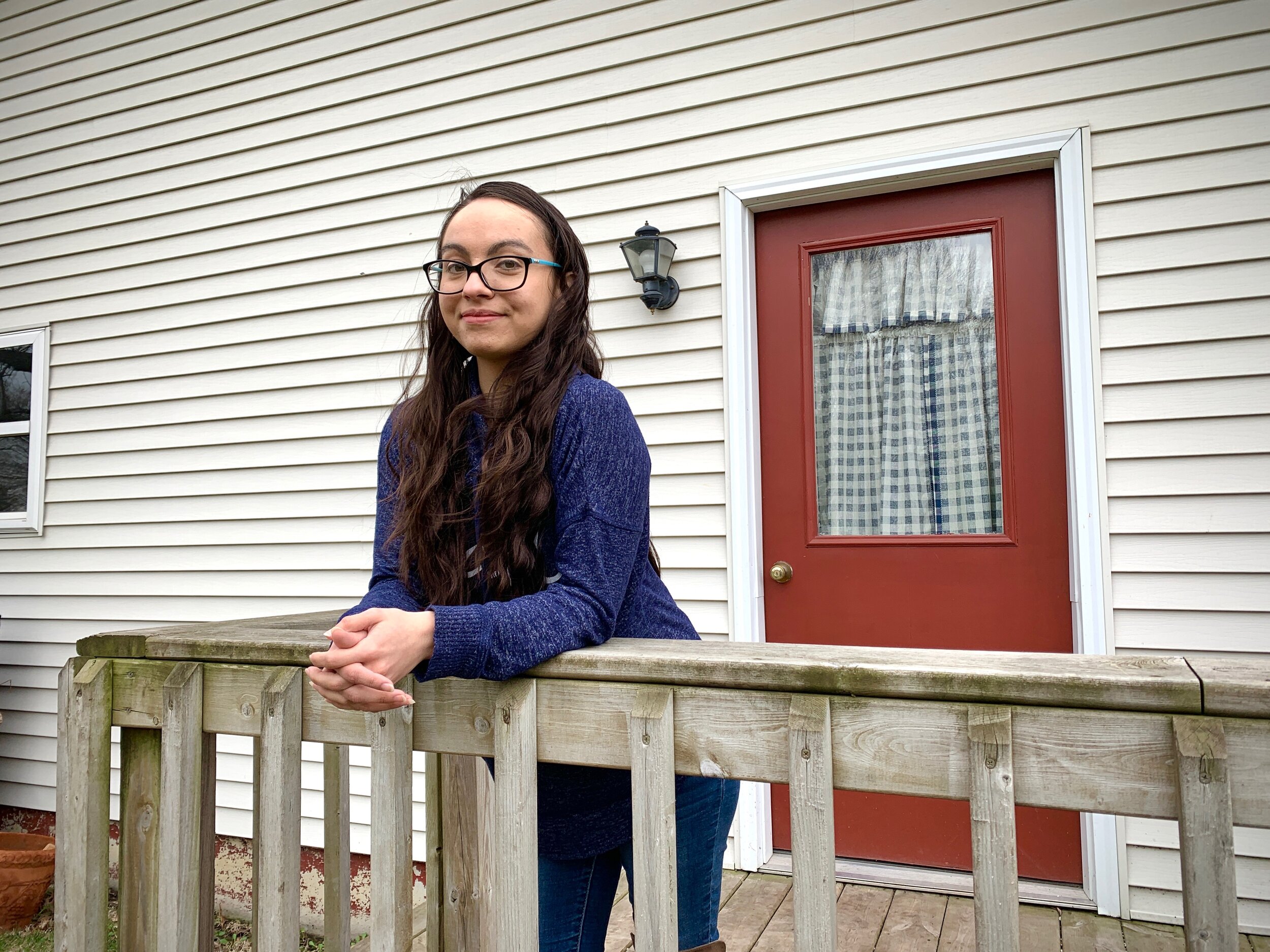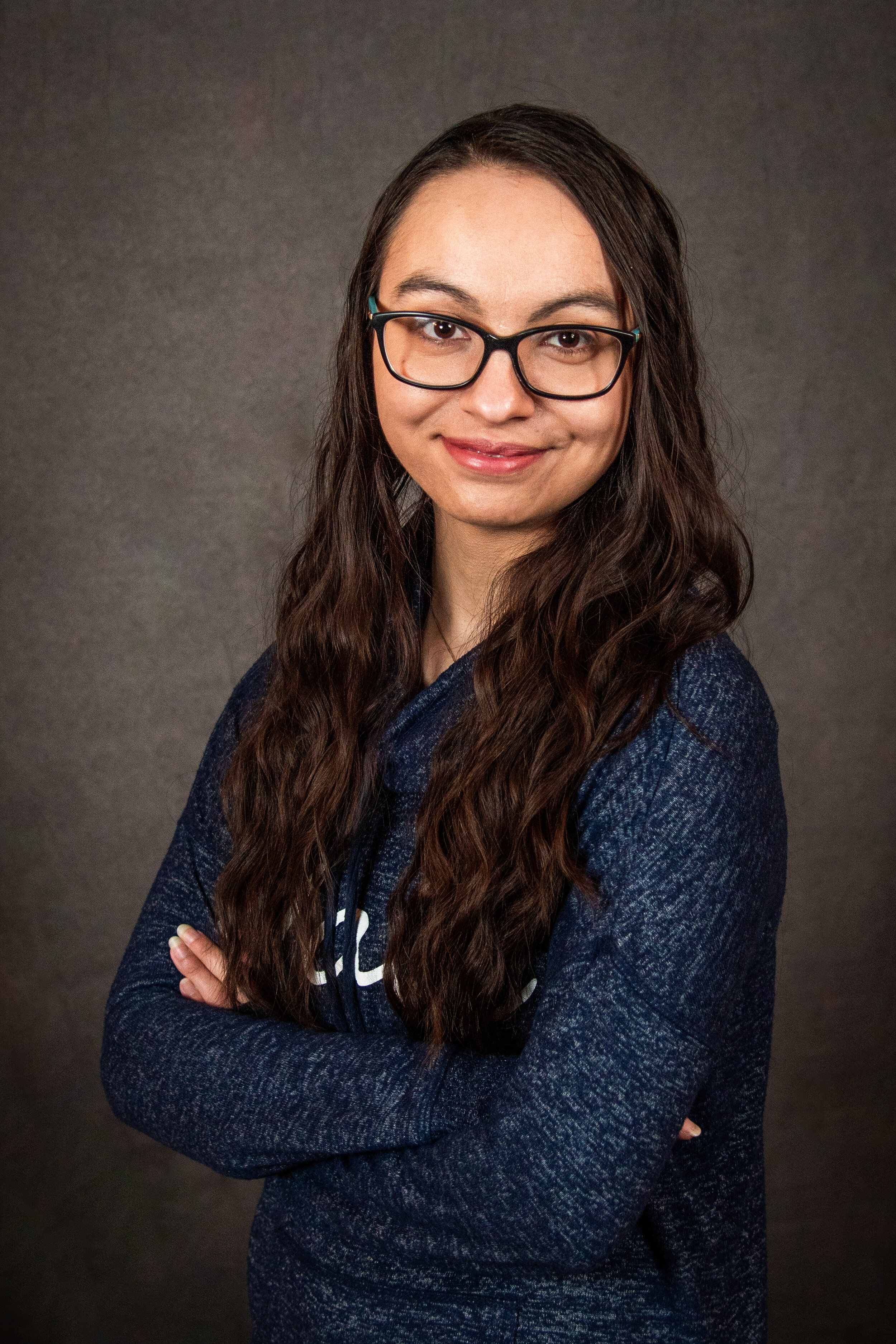There’s a difference between someone who does photography for a living (or on the side), and someone who does photography as a hobby. Both of these people could be great photographers, or they could both be bad photographers.
But I’m going to speak in general terms for the sake of this blog post.
Professional photographers understand the Exposure Triangle, they understand the importance of Composition, and have an appreciation for Art. Professionals know their craft and know how to tell the story of the subject.
Hobby photographers, like your generic Uncle Jimmy Bob, who shoots on an iPhone, may not understand these things (maybe he does, but like I said, for the sake of argument).
I would like to demonstrate the difference by showing you my work compared to my brother’s work. We took pictures of the same person, Kayla, in the same location, with the same lighting conditions. However, my brother took photos with his iPhone XS, I took photos with my Nikon D5600 and my Nikkor 24mm-120mm f/4 lens. He had the natural light to work with, while I had access to my speed lights and reflectors. He used Mac’s built-in photo editing software, and I used Adobe Lightroom.
I would like to thank both Casey and Kayla for participating in this with me!
Casey’s photo is on the left, my photo is on the right. Casey put Kayla right next to the shed. I positioned her a few feet away from the shed in order to separate her from the background. I also adjusted my aperture in order to more easily allow for the the bokeh (blur) effect.
Casey had the right idea here. It’s not a bad shot. I like to shoot my subjects at more of a 45 degree angle and I prefer to shoot downward on them. The reason for this is because it makes the facial features more flattering, like the nose and chin. Straight-on shots or even shots from below can sometimes be harsh.
There are times, however, when shots from below are flattering. Most of Casey’s shots were taken at eye-level. There’s nothing wrong with shots taken at eye-level, but experimenting with angles can add variety.
I also noticed that Casey had Kayla standing in all of his shots. I like to add variety by having my subject sit, stand, lean, etc. Again, you will notice that Casey put Kayla right in front of the tree instead of separating her from the background.
I will give Casey credit for creativity. He shot before I did, and he did a pretty good job of coming up with different photo ideas. He decided to get a photo of Kayla on our deck, while I decided to get a photo of her in front of the tall grass.
And lastly, the studio shot. Casey only had access to the LED lights in the basement, whereas I used my speed lights here. Now obviously, your Uncle Jimmy Bob could have access to speed lights, but again, for the sake of argument, we are demonstrating what the general iPhone shooter may have access to. Casey’s photo has some harsh shadows, and he had Kayla right in front of the backdrop. I pulled her away from the backdrop and I was able to reduce harsh shadows by positioning the speed lights accordingly.
I just want to be clear that photos taken on a phone or point and shoot camera can be great, because quite frankly, a great photo is a great photo no matter what kind of equipment was used to capture it. The point I am making here is that photography isn’t as simple as pointing a camera and pushing a button. Photography is an Art that requires practice, knowledge, and a bit of a natural eye.
Some people don’t need or want a high end, professional photographer, and that’s okay! However, if you are wanting quality photos taken, it’s important to consider who takes them for you.
Δ Abbi

